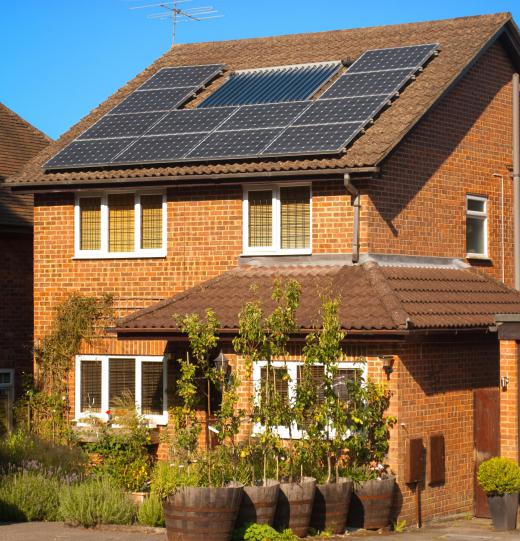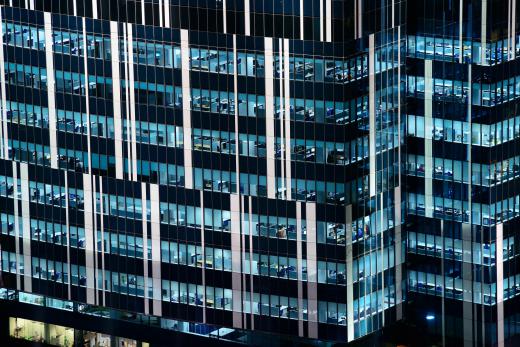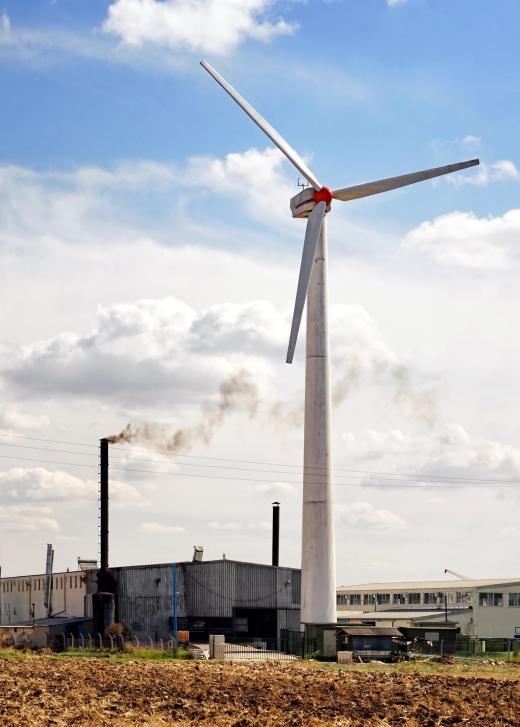LEED certification is a recognition that a construction project or building can attain by utilizing environmentally friendly building practices during construction or remodeling. The name is the acronym that stands for Leadership in Energy and Environmental Design, and it is the Green Building Rating System developed by the U.S. Green Building Council. The model was developed in 1998 to encourage environmental awareness amongst government agencies, architects, engineers, developers, and builders.
There are four different levels on which LEED certification can be attained — Certified, Silver, Gold, and Platinum — and they are determined by a credit, or point, system. A building or project can attain LEED certification by submitting an application that documents compliance with the requirements set forth in the rating system. The Green Building Council issues LEED certification upon satisfactory application, review and compliance verification. There are fees associated with this certification.

While design and construction of buildings have used environmentally friendly practices in the past, LEED was developed to provide a streamlined set of building standards. The government has worked to model sustainable green building by achieving certification on many of its state buildings. In order to increase the number of new and redeveloped buildings eligible for LEED certification, the government also offers many incentives within the building industry, including grant funding and tax breaks based on the level of LEED certification attained.

LEED professional accreditation is also attainable by individuals, contractors, project managers, and other industry professionals. Professional accreditation demonstrates that an individual or company is well-versed in the LEED system and can work with other individuals and developers to oversee the building process and follow guidelines to attain certification.

Some of the practices used or observed for LEED certification include the use of recycled material, eliminating or reducing the amount of waste leaving a job site, re-using existing material, using sustainable green building material, and using low-emitting materials such as caulk and sealers.
Certification can be achieved in both new construction, as well as renovations. The Green Building Council has given LEED certification to a number of new construction projects in the state of California, including the Department of Motor Vehicles in San Ysidro and the Department of Education in Sacramento, both of which are Gold certified. Many other states can also boast government buildings that are certified, and it has also been widely achieved within the private sector as well.
